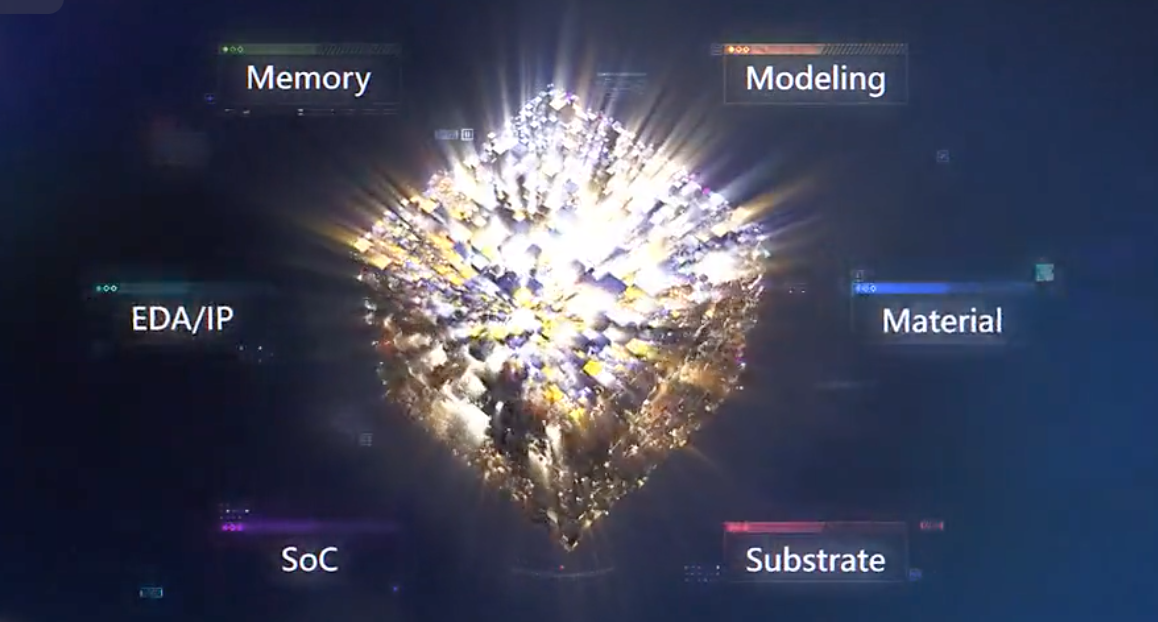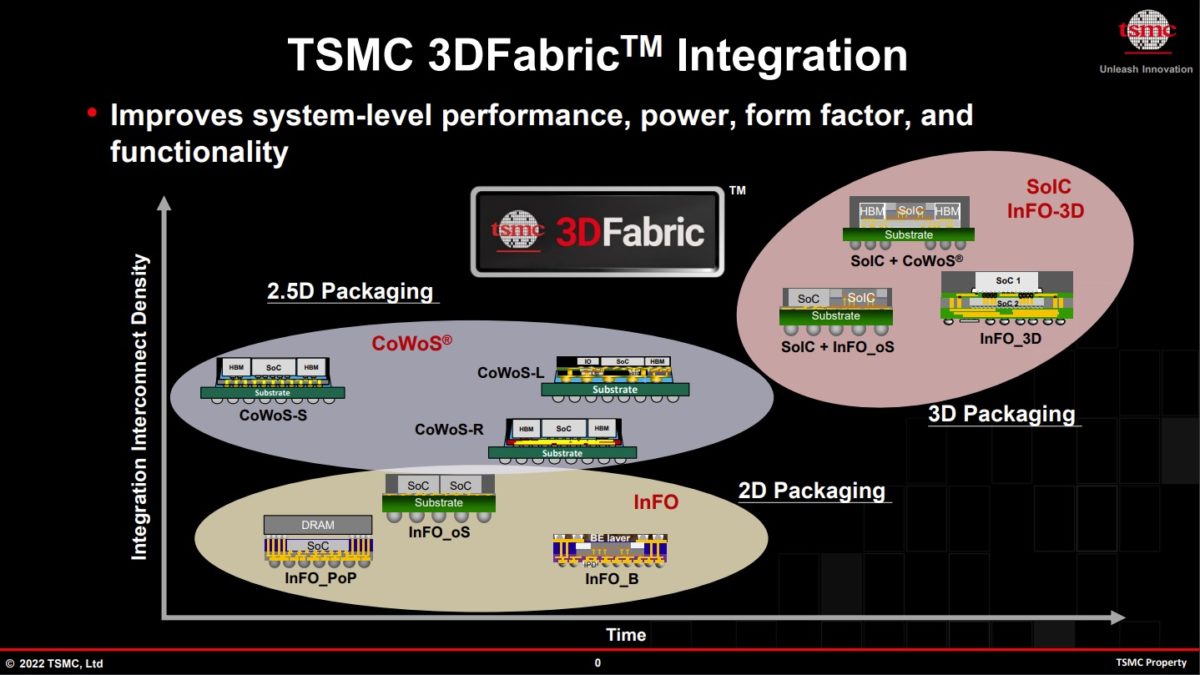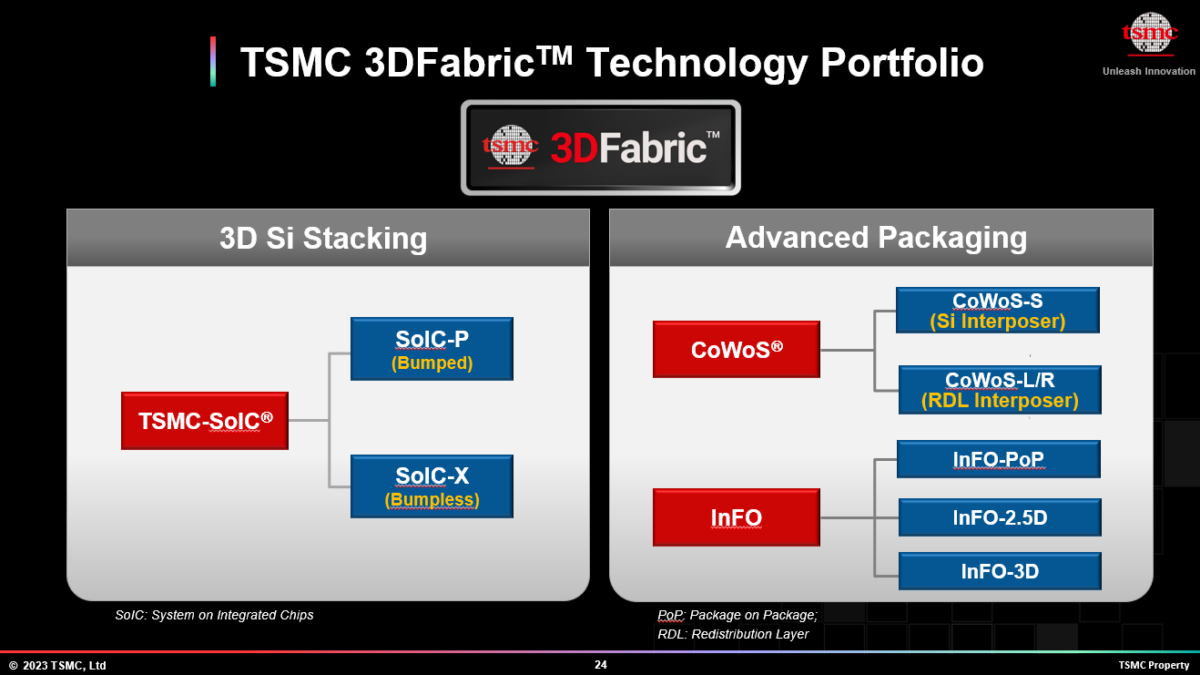For chips that is how you calculate performance. I'm talking from a process perspective. 22nm is listed as 18% more performant than 32nm. For top desktop parts clockspeed of sandy->ivy went up 100MHz. Sky-> kaby single core turo was only a 20% boost rather than the 26% performance from 14++. Did intel lie? No. This is just the post Dennard world we live in where you don't get power and density and clocks for no work. At the low end of the voltage curve where the leakage is manageable you will see performance = clockspeed. But at high voltages not so much.
Because if at x voltage you clock y% faster you can lower voltage and get the same performance. If iso power is acceptable you can keep voltage the same and get enough performance to potentially make up for a density disadvantage.
This is my whole point. A hypothetical 18A HPC chip should use less power at iso performance to an N2 chip. If you want to use the extra density N2 provides to add more SMs/EUs/CUs, you can do that @iso die are, but you will be adding that to your power budget (even if it is generally more efficient than boosting freq).
That is my bad, I misunderstood your wording.
Technically 18A is the only IFS node with no locked in customer deal at this point. Presumably if there was we would have heard it during an investor call. Timing has everything to do with a node's competitiveness. If I am a first wave TSMC customer intel 3 has no value to me, because N3E is coming out with close enough PPW and better density. If I am a second wave customer intel 3 is also dead to me because it is only going to start it's deprecation/yield/cost learning curves with the intel 4 ramp (leading to higher wafer pricing than what TSMC will probably offer from their soon to be fully depreciated N5 fabs). If intel 3 came out in 2021 they would be far enough along the listed curves that they could snag more second wave customers, and snag wave 1 customers from the WAY better performance and power characteristics. Density would also not be a problem given HP library is pretty darn close to the N5 HD.
I don't think you understand intel 4/3. For one density is not a feature it is a characteristic. By this notion intel 7 and N5 are not fully featured because they are less dense than N3E (which would also be missing features compared to N2). Two as far as we know, intel 4 only has a HP library and the devices to allow the MTL CPU die to talk with everything else. As far as we can tell from VLSI, intel 4 can make no other products besides MTL and the "custom networking ASIC".
Having all of the devices to make a fully featured SOC (supporting a radio being optional) is a good start.
I can see the slightly misleading angle to it. Truth be told if I was CEO for a day when this was made, I would have moved away from any scheme that could be implied to have a nm number or be compared to another firm's. I would have picked giving it some name, just calling it by the Pxxxx number, or use greek letters with numbers denoting nodelets in the series. I'm sure intel's argument would probably be that intel's metric since the day of intel accelerated has ALWAYS been "process performance per watt leadership by 2025". If that is the metric we are measuring, then I suppose you could even call it intel 2. Although I (and many many others) would not take kindly to this name. I suspect the 4/3 names were chosen by the following logic:
"Our HP library has the same density as N5's HD and we have better PPA/PPW than N5-N4P but worse density than N3. Let's call our node intel 4 as it sits kind of between them.".
Someone then asked "What do we call our 18% performance kicker once we enable the rest of the PDK?".
The response was "We don't want to do +s any more given how we ran that into the ground. 18% is also a full node on the PPW front and TSMC has lowered the number by doing less, all right we'll call it intel 3".
As for the nm number I am not going down this rabbit hole. The numbers stopped corresponding to features since like 130nm. Since then they only communicate that things are advancing.
I'm not sure we're disagreeing on that much.
Intel uses terms that aren't 100% accurate, not because they are lying, but because they have to oversimplify it to the point it is meaningful. If they said it's 18% more clock speed at point A, 15% more efficient at point B, etc..., it would get a message across.
Intel has not announced an 18a customer, but they have said there are important customers they will be announcing. But, sadly, I kind of remember similar talk around Intel 3, but with a little less conviction. But, that's just my interpretation. I think Intel has clearly lost I3/3nm, and that's a big one to lose, since it's the last FinFET. I have a pretty big investment in Intel, and it doesn't make me happy.
If you want to present having everything I4 lacks, as being able to make a broad spectrum of products, rather than a narrow one, no disagreement. It was just a bit nebulous to me without that qualification. But, that's not everything they need to sell it in a meaningful way, at least I don't think so.
I COMPLETELY agree with you on the naming. It's meaningless as a reference to size, and has been, so why keep using it? And if we consider processors, they (well AMD led the way with the K5), have moved away from clock speed as a naming convention a long time ago. Clock speed is still a real parameter too! And a pretty important one.
Now, if you can tell me that I3 having roughly half the density of TSMC's 3nm is something you anticipated, good for you, because I have to say I'm quite disappointed with it, and did not anticipate that much of a delta. 18A doesn't worry me so much, it's reasonable given the performance, and it also makes sense given how much importance Intel puts on clock speed. At 78% of the density (reversed), it's not terribly damning, especially given the performance. But, I3 at 48% (reversed) just seems problematic, especially given that Intel has indicated its cost structure will be higher. So, who needs the extra performance? GPUs? Not really, they'll like the density better, and we don't know where this performance advantage really kicks in the "powerband", if you will. Most ARM applications are not relying on performance at the wattages this would likely be advantageous at. And that's the part we were talking about. Do we really think this "performance" delta exists in phone scenarios? Or even ARM servers? It's not clear to me. It's my guess the author was talking about primarily top clock speed at relatively higher power usages, which don't necessarily approximate a broad range of usage scenarios. But, surely, some will see a benefit.
But, I think we both agree the one data point we're missing is power usage. That could change a whole lot of how we look at things. If Intel can deliver really good power characteristics in a broad spectrum of usage scenarios, I think it can still be an attractive node for a decent amount of potential customers. But, without that data, I have to admit, I'm a little disappointed with I3. But, 18A? I'd hate to be AMD trying to compete with that

. Then again, even I3 should give Intel a nice boost for their internal designs.



